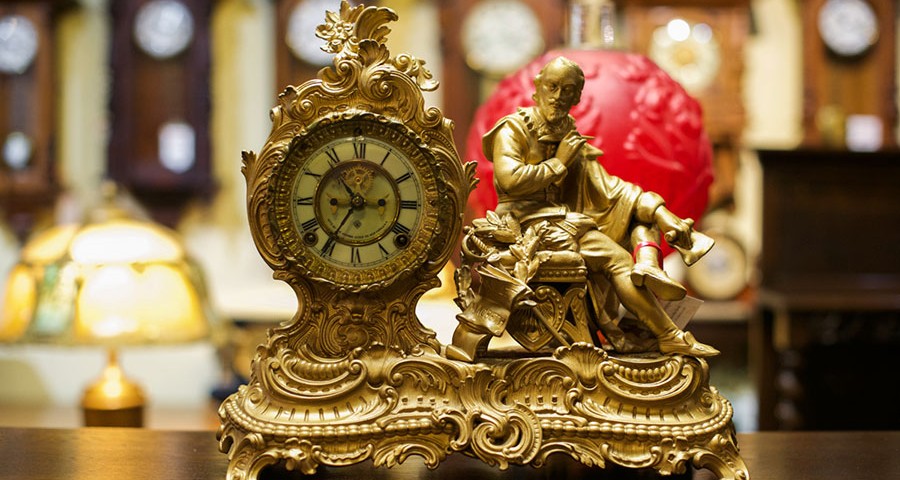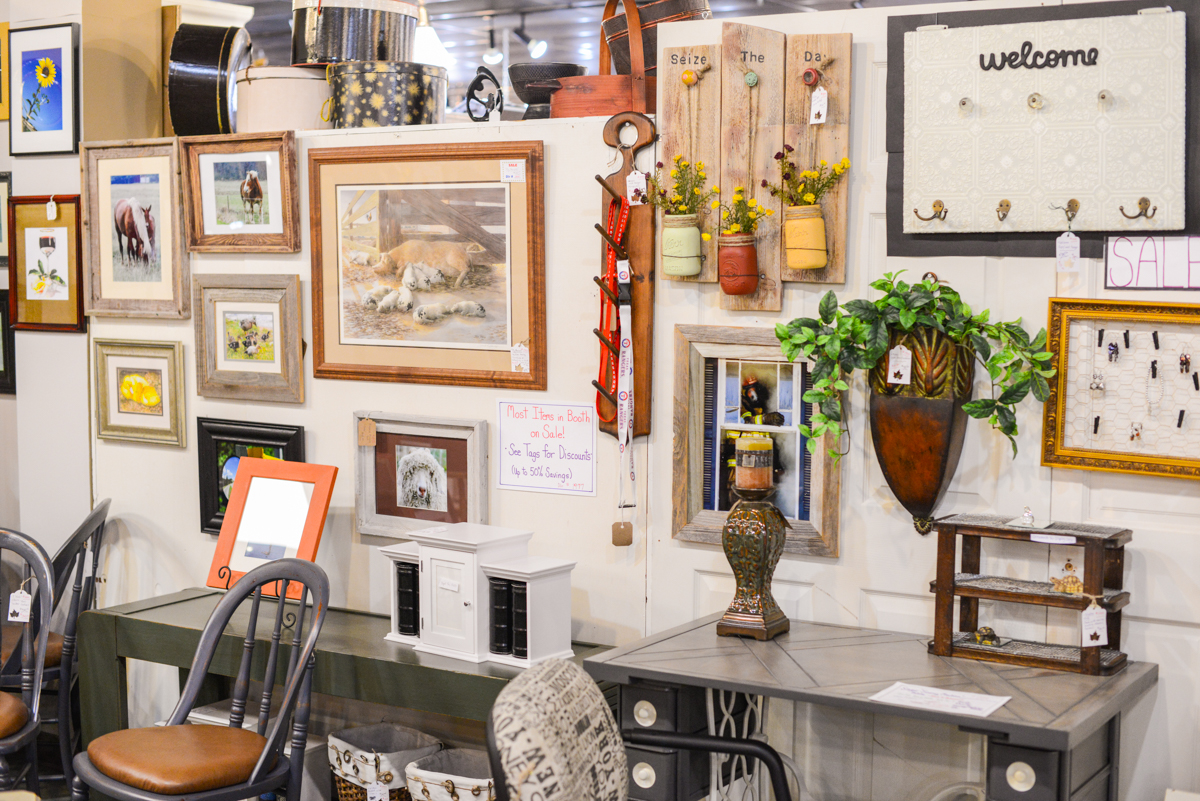
8 Elegant Thanksgiving and Holiday Table Settings
October 21, 2015A Majestic Collection of Clocks
October 27, 2015Daylight Savings: From Its History to The Coolest Facts

Daylight Saving: Whose idea was it?
The history of daylight savings can be pointed to several sources throughout time.
Ancient Civilizations
Ancient civilizations are known to have engaged in a practice similar to modern DST where they would adjust their daily schedules to the Sun’s schedule.
Benjamin Franklin
American inventor and politician Benjamin Franklin wrote an essay called “An Economical Project for Diminishing the Cost of Light” to the editor of The Journal of Paris in 1784. In the essay, he suggested, although jokingly, that Parisians could economize candle usage by getting people out of bed earlier in the morning, making use of the natural morning light instead.
George Vernon Hudson
A major contributor to the invention of DST was New Zealand entomologist George Vernon Hudson. In 1895, Hudson proposed a two-hour shift forward in October and a two-hour shift back in March.
William Willett
A man called William Willett introduced the idea of British Summer Time, also known as Daylight Saving Time, in 1907. He wanted to prevent people from wasting valuable hours of light during summer mornings.
Willett proposed that the clocks should be advanced by 80 minutes in four incremental steps during April and reversed the same way during September.
First Used in Europe
Germany was the first country to implement DST. Clocks there were first turned forward at 11:00 p.m. (23:00) on April 30, 1916. The rationale was to minimize the use of artificial lighting in order to save fuel for the war effort during World War I.
The idea was quickly followed by Britain and many other countries, including the United States.
Has the time difference always been 1 hour?
Today clocks are almost always set one hour back or ahead, but throughout history there have been several variations, like half adjustment (30 minutes) or double adjustment (two hours), and adjustments of 20 and 40 minutes have also been used. A two-hour adjustment was used in several countries during the 1940s and elsewhere at times.
A massive wind-up for some…
The staff of the Royal Collection spends over 50 hours adjusting over 1000 clocks spread across the official residences of The Queen.
Following months of planning, staff at Buckingham Palace, Windsor Castle and the Palace of Holyroodhouse in Edinburgh start work in the early hours of the morning to ensure that the time is set accurately.
There are 379 timepieces at Windsor Castle, 500 at Buckingham Palace and 80 at the Palace of Holyroodhouse including organ clocks, astronomical clocks, musical clocks and mechanical clocks.
Although not nearly as big as the Royal Collection, High Street has an incredible selection of clocks. Click here to check it out!
____________________________________
Sources:
http://www.timeanddate.com/
http://www.telegraph.co.uk/

